Breast Reduction In Grass Valley, CA
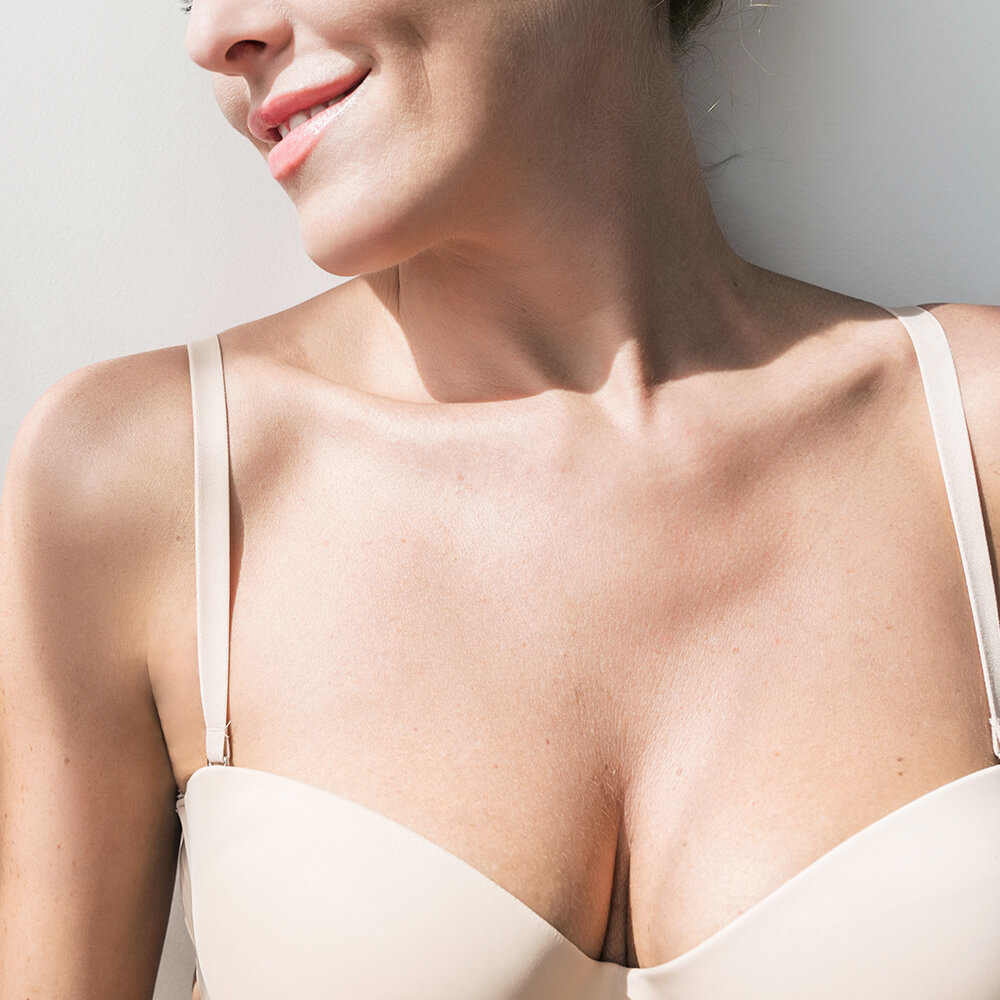 Model
Model
While for some, an ample chest is the ultimate fantasy, for many women, it’s more of a curse than a blessing. Women with very large, pendulous breasts may experience a variety of medical problems caused by excessive weight, from back and neck pain and skin irritation to skeletal deformities and breathing problems. Bra straps may leave indentations on their shoulders. And unusually large breasts can make a woman or teenage girl feel extremely self-conscious.
Table Of Contents
- Intro
- What Is a Breast Reduction?
- What Are the Benefits of Breast Reduction?
- Am I a Candidate for a Breast Reduction?
- What Are My Breast Reduction Options?
- Can I Combine a Breast Reduction with Other Procedures?
- How Is a Breast Reduction Performed?
- What Is Breast Reduction Recovery Like?
- When Will I See My Breast Reduction Results?
- How Much Does a Breast Reduction Cost in Grass Valley, CA?
- What Our Patients Are Saying
 Model
Model
Breast reduction, or reduction mammaplasty, is designed for such women. If you are interested in a breast reduction, keep reading to find out crucial information about the surgery itself, who may be a candidate, and what you can expect from recovery. If you have more questions, don’t hesitate to call the Élan Clinic and schedule a comprehensive consultation with Dr. Lattyak
What Is a Breast Reduction?
The breast reduction pr removes fat, glandular (breast) tissue, and skin from the breasts, making them smaller, lighter, and firmer. It can also reduce the size of the areola, which is the darker skin surrounding the nipple. The goal is to give the woman smaller, more aesthetically pleasing breasts in better proportion to the rest of her body.
Learn More About Dr. LattyakWhat Are the Benefits of Breast Reduction?
Breast reduction surgery offers both cosmetic and physical benefits for patients who are burdened by large, pendulous breasts. This procedure can:
- Reduce the weight from the breasts, improving back, neck, and shoulder pain
- Improve proportions of the breasts, eliminating asymmetry
- Reduce ptosis (sagging) by lifting the breasts, not only making them firmer and perkier but also decreasing bra strap strain and shoulder grooving
- Create smaller, more pleasingly shaped breasts
- Reshape and reposition large or drooping nipples
Am I a Candidate for a Breast Reduction?
Breast reduction is usually performed for physical relief rather than simply cosmetic improvement. Most women who have the surgery are troubled by very large, sagging breasts that restrict their activities and cause them physical discomfort.
In most cases, breast reduction isn’t performed until a woman’s breasts are fully developed; however, it can be done earlier if large breasts are causing severe physical discomfort. The best candidates are those who are mature enough to understand the procedure thoroughly and have realistic expectations about the results. Breast reduction is not recommended for women who intend to breastfeed.
Candidates for breast reduction:
- Have a goal of reducing the size and weight of their large breasts
- Desire a more manageable shape for their breasts
- Are experiencing minor breast sagging and drooping nipples
- Experience physical pain from their large breasts
- Are nonsmokers, or are willing to quit for a substantial time
- Have realistic expectations for results
What Are My Breast Reduction Options?
Your breast reduction will be tailored to your needs, goals, and anatomy. Dr. Lattyak will work with you to create a surgical plan that will provide you with the best results. Part of this plan will include the type of incision used for the procedure. The most common options are:
Lollipop Incision
The lollipop incision fully encircles the nipple before running a vertical line toward the breast line (where the breast meets the chest wall). The lollipop incision may be used for patients with moderate revision, meaning they have less severe sagging and excess tissue in the breasts. This incision results in a shorter scar than other methods but does not allow for as much correction.
The nipple-areolar complex can be repositioned with this incision type.
Anchor (Inverted “T”) Incision
The anchor or inverted T incision fully encircles the nipple and runs vertically down toward the breast line before running horizontally across the breast line. The anchor incision is commonly used during a breast reduction procedure, as it allows for the most revision of sagging skin, excess tissue, and excess fat. This incision also allows Dr. Lattyak to manipulate the tissue precisely for an ideal result. While this technique produces a longer scar, it ensures the most comprehensive correction of issues.
The nipple-areolar complex can be repositioned with this incision type.
Can I Combine a Breast Reduction with Other Procedures?
Breast reduction surgery can be an involved procedure, so Dr. Lattyak will only combine it with other surgeries if he is confident that it is safe to do so. Some patients choose to combine their breast reductions with body contouring procedures for a more cohesive result. If you think you would like to combine your breast reduction with another procedure, be sure to discuss your options with Dr. Lattyak.
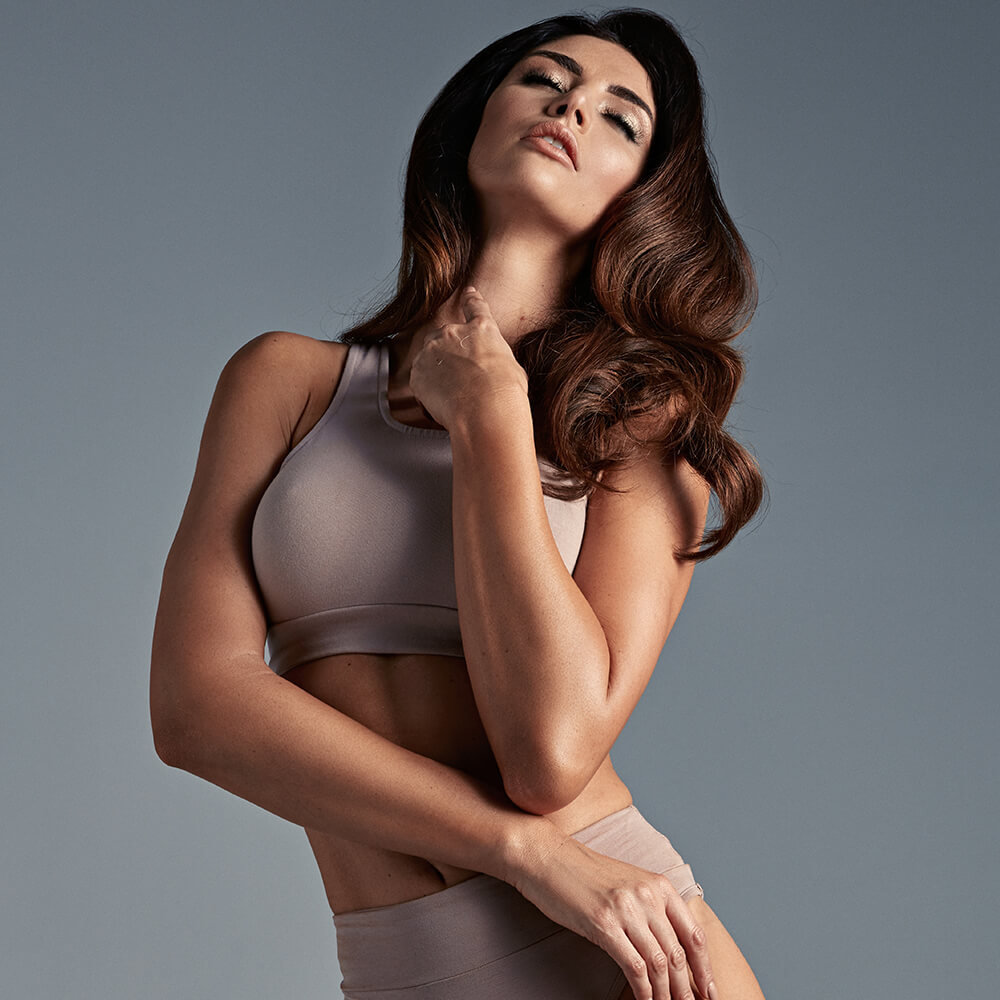 Model
Model
Liposuction
Liposuction is a diverse body contouring procedure that can be performed on nearly any part of the body that harbors excess pockets of fat. Most patients who undergo breast reduction also have excess fat in the subaxillary area (below the armpits), separate from the breasts. If necessary, Dr. Lattyak will perform subaxillary liposuction to improve aesthetic contour, as these areas, if left untreated, may become more noticeable after breast reduction. In addition, Dr. Lattyak can perform liposuction to smooth other areas, such as the upper chest, neck, or upper arms, for a more harmonious slimming effect.
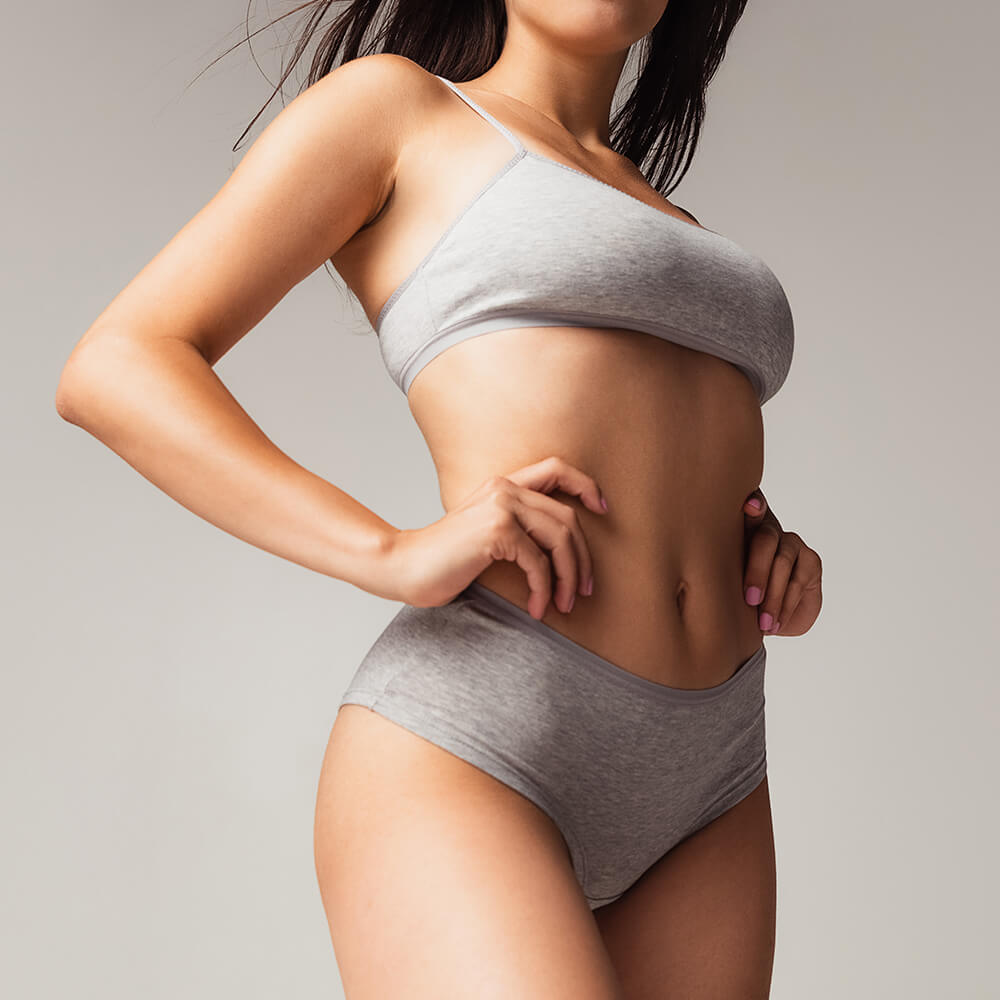 Model
Model
Tummy Tuck
A tummy tuck is a popular procedure to combine with breast reduction, especially for women who have experienced changes to their bodies due to childbirth. Dr. Lattyak can remove excess skin and fat deposits during this procedure for a slimmer, tightened midsection.
How Is a Breast Reduction Performed?
Your Consultation
In your initial consultation, it’s important to discuss your expectations frankly with Dr. Lattyak and to listen to his opinion. Every patient–and every physician, as well–has a different view of what is a desirable size and shape for breasts.
Dr. Lattyak will examine and measure your breasts and may take photographs for reference during surgery and afterward. (The photographs may also be used in the processing of your insurance coverage). He will discuss the variables that may affect the procedure, such as your age, the size and shape of your breasts, and the condition of your skin. You should also discuss where the nipple and areola will be positioned; they will be moved higher during the procedure and should be approximately even with the crease beneath your breasts.
Some insurance companies will pay for breast reduction if deemed medically necessary. However, they may require a certain amount of breast tissue removal. Check your policy, and have Dr. Lattyak write a predetermination letter if necessary.
Preparing for Your Breast Reduction Surgery
Dr. Lattyak may require you to have a mammogram (breast x-ray) before surgery. You’ll also get specific instructions on how to prepare for surgery, including guidelines on eating and drinking, smoking, and taking or avoiding certain medications, vitamins, and herbal supplements.
While you’re making preparations, arrange for someone to drive you home after your surgery and help you out for a few days if needed.
If you are interested in a breast reduction and want to see if the procedure is correct for you, call the Élan Clinic today at (530) 273-3400 to schedule a consultation with Dr. Lattyak.
The Breast Reduction Procedure
The breast reduction procedure is performed on an outpatient basis under general anesthesia. Dr. Lattyak will make precise incisions using the pre-determined incision type. The specifics of your breast reduction will be determined by your surgical plan, the amount of necessary revision, and if you have combined your breast reduction with any other procedures.
Dr. Lattyak will work to remove excess fat and glandular tissue to reduce the size and reshape the breasts. He may use liposuction if there is excess fat in the subaxillary area (below the armpits). He will also reposition the nipple-areolar complex to a more pleasing location on the breasts once they have been resized. He will remove any excess skin and then carefully close your incisions. You will then be monitored as you wake up from the anesthesia, and after you are cleared to go home, you will be given specific aftercare instructions and sent home with your driver.
 Model
Model
What Is Breast Reduction Recovery Like?
After surgery, you’ll be wrapped in an elastic bandage or a surgical bra over gauze dressings. Dr. Lattyak rarely uses drains when performing breast reduction. If he feels they are necessary in your case, they will usually be removed within a week. You may feel some pain for the first couple of days–especially when you move around or cough–and some discomfort for a week or more. Dr. Lattyak will prescribe medication to lessen the pain. The bandages will be changed the day after surgery, though you’ll continue wearing the surgical bra around the clock for several weeks until the swelling and bruising subside. Your stitches will typically be removed one week after surgery.
If your breast skin is very dry following surgery, you can apply a moisturizer, but be sure to keep the suture area dry. Your first menstruation following surgery may cause your breasts to swell and hurt. You may also experience random shooting pains for a few months. You can expect some loss of feeling in your nipples and breast skin caused by swelling after surgery. This usually fades over the next six weeks or so. In some patients, however, it may last a year or more and occasionally may be permanent.
Although you may be up and about in a day or two, your breasts may still ache occasionally for a couple of weeks. You should avoid lifting or pushing anything heavy for three or four weeks.
Dr. Lattyak will give you detailed instructions for resuming your normal activities. Most women can return to work (if it’s not too strenuous) and social activities in about two weeks. But you’ll have much less stamina for several weeks and should limit your exercises to stretching, bending, and swimming until your energy level returns. You’ll also need a good athletic bra for support.
You may be instructed to avoid sex for a week or more since sexual arousal can cause your incisions to swell and to avoid anything but gentle contact with your breasts for about six weeks.
A small amount of fluid draining from your surgical wound, or some crusting, is expected. If you have any unusual symptoms, such as bleeding, significant drainage, or severe pain, don’t hesitate to call Dr. Lattyak.
When Will I See My Breast Reduction Results?
Although much of the swelling and bruising will disappear in the first few weeks, it will take several months and sometimes up to a year for your breasts to settle into their new shape. Even then, their shape may fluctuate in response to your hormonal shifts, weight changes, and pregnancy.
Dr. Lattyak will make every effort to make sure your scars are as inconspicuous as possible. Still, it’s important to remember that breast reduction scars are extensive and permanent. They often remain lumpy and red for months, then gradually become less obvious, sometimes eventually fading to thin white lines. Scars typically take a year to mature fully and look their best. Fortunately, these scars can usually be placed so that you can wear even low-cut tops.
Of all plastic surgery procedures, breast reduction typically has one of the highest rates of patient satisfaction and results in one of” the quickest body-image changes. You’ll be rid of the physical discomfort of large breasts, your body will look better proportioned, and clothes will fit you better. You may find that sports and exercise are easier, as you will have more mobility without the weight and discomfort of your large breasts.
As much as you may have desired these changes, you’ll need time to adjust to your new image–as will your family and friends. Be patient with yourself and with them. Keep in mind why you had this surgery, and chances are that, like most women, you’ll be pleased with your results.
View before & after gallery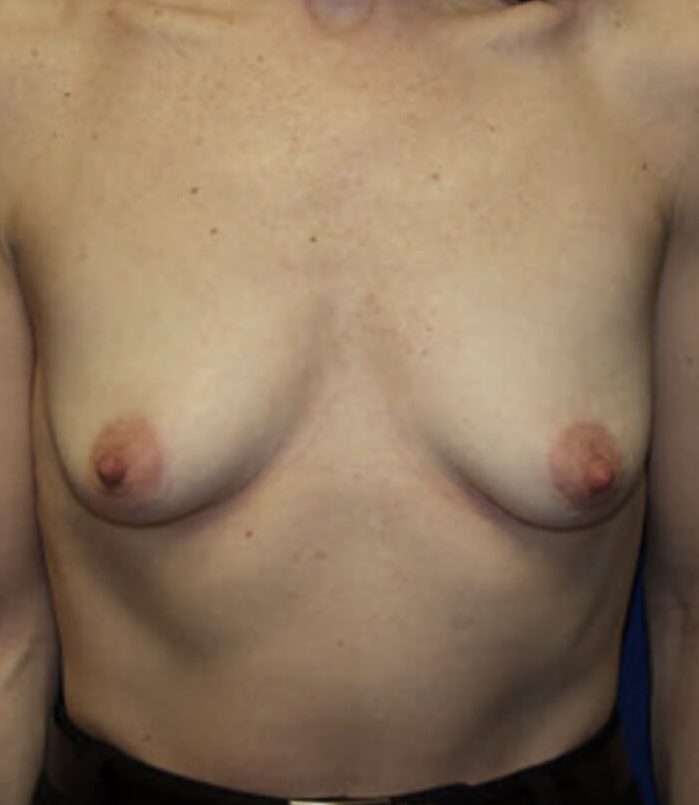
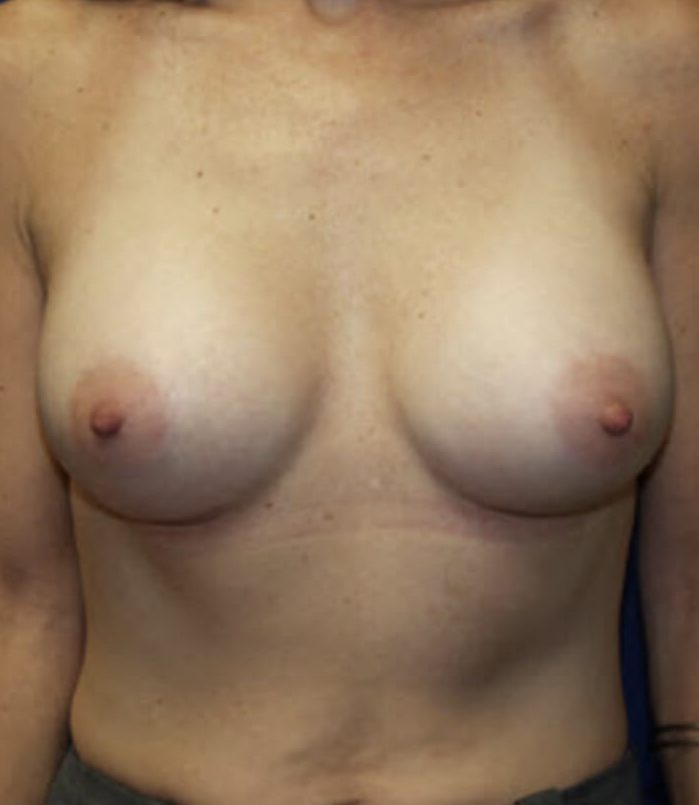
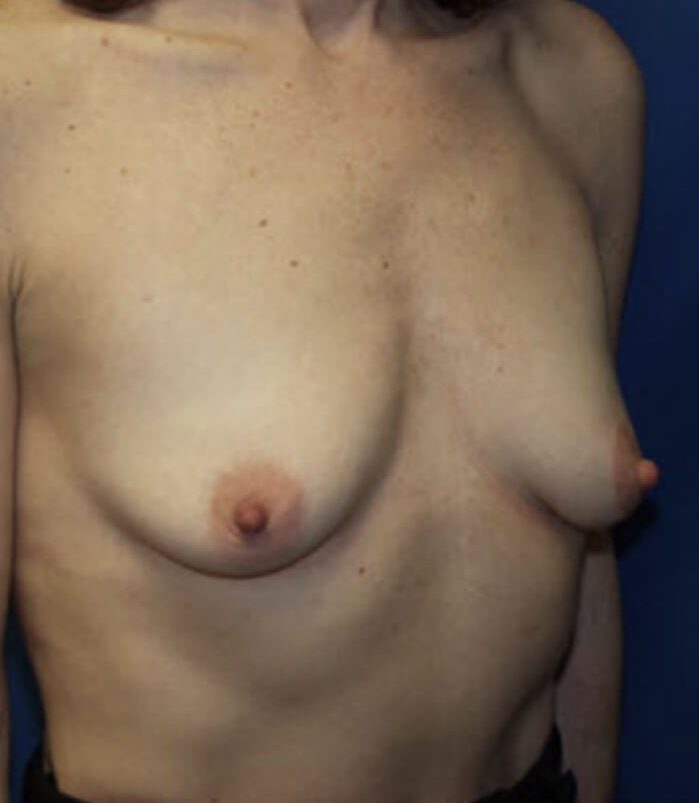
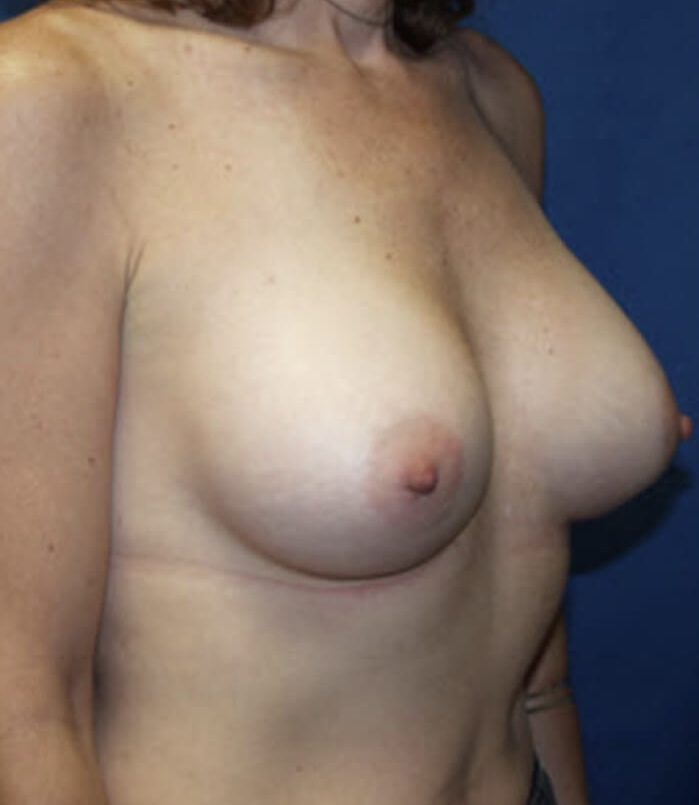
How Much Does a Breast Reduction Cost in Grass Valley, CA?
The cost of your breast reduction will depend on a few factors, such as the specifics of your surgical plan, the amount of necessary reduction, any combined procedures, and the total estimated time of surgery, which affects operating room and anesthesia fees.
Additionally, certain insurance policies will cover part of the cost of a breast reduction if it is deemed medically necessary. However, they will not cover liposuction or other purely aesthetic adjunct procedures. Be sure to check your coverage and discuss your options with Dr. Lattyak.
Each breast reduction procedure Dr. Lattyak performs is unique to the patient, so your specific surgical plan is crucial in determining the cost. Once you have consulted with Dr. Lattyak and your surgical plan has been created and agreed upon, he will be happy to provide you with an accurate cost estimate.
Schedule A ConsultationLife-changing Results
What Our Patients Are Saying
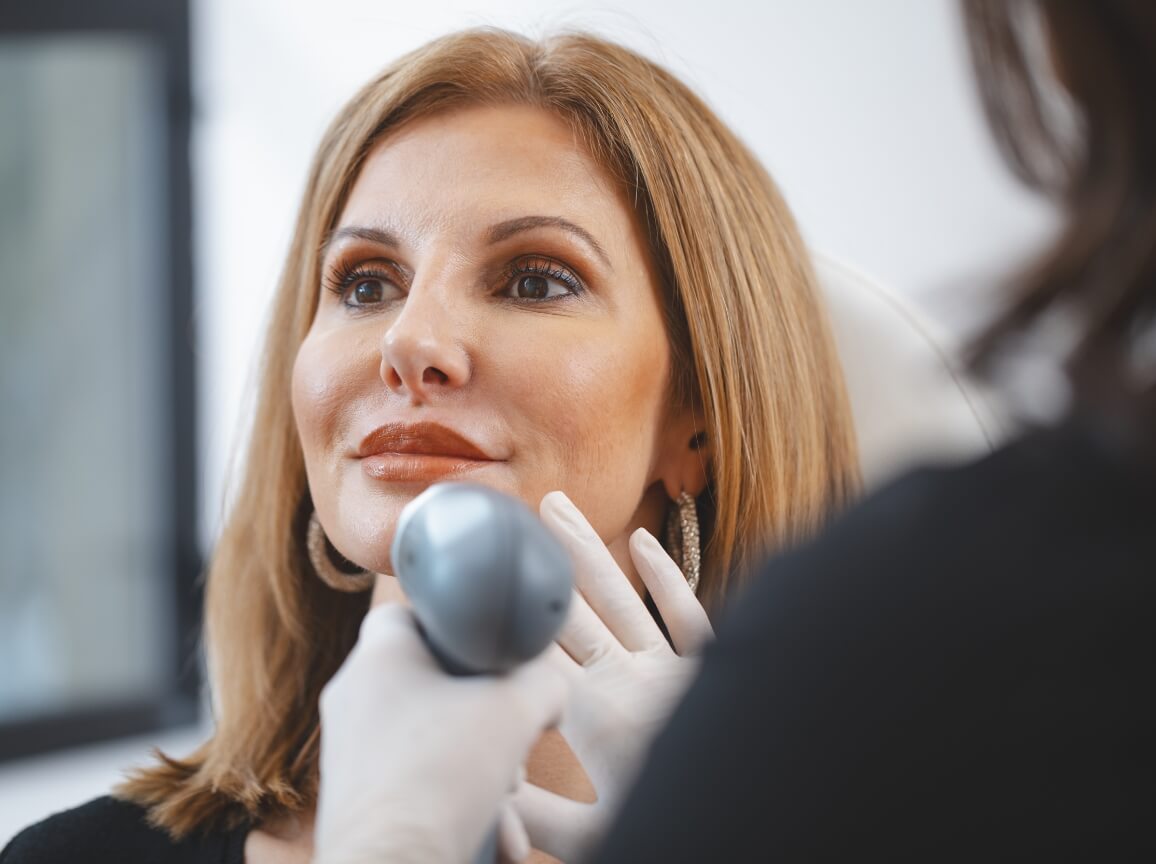
“I really appreciate the time taken to explain procedures and options by Dr. Lattyak when I came in for multiple procedures stemming from a car accident 10 years ago. Quality work and practically painless!” “I’m a 60 year old teacher, not quite ready to retire. For my end of career time in the classroom I wanted to look more refreshed and youthful. Dr. Lattyak and his staff helped make this dream come true. The results of upper eyelid and brow lift are beautiful and the recovery period was over quickly. Thanks for everything.”
“I am so happy with my experience with Dr. Lattyak, his staff, and my surgery results. I will (and do!) recommend this office to anyone considering surgery.”
“Never had a better treatment. Nurses were great and Dr. Lattyak is remarkable.”

